IDD Perspective
Carving out a new policy, the Indian Ministry of Defecne has declared a ‘negative list’ barring import of specific military equipment. In all 101 items – equipment and weapons – are on this ‘list’ and these can now be only sourced from the domestic industry.
New Delhi promises to place orders of Rs 400,000 crore ( approx $ 53 Billion) on domestic industry over the next 5-7 years by cutting down on these specific imports. Also, in turn, it aims to shed the inglorious tag of being the biggest importer of weapons and equipment while pushing for jobs and work in the domestic industry.
The policy was announced on August 9 by the Defence Minister Rajnath Singh in New Delhi. The embargo will be implemented in phases over the next five years or till 2025. Indian domestic Industry will benefit and foreign suppliers who have ongoing deals make in India will be gainers.
Fighter jets or Naval utility helicopters – both under the strategic partnership model shall continue as usual, unchanged. Cutting edge-technology projects are outside the ambit of the embargo.
Those not on the embargo list are Armed drones, robotics, seeker technology for guided now on missiles, medium weight fighter jets, Jet engine above 90KN, smart ammunition including precision guided ammunition, Stealth technology, Nano technology based sensors and displays and electro magnetic Rail Gun technology, among others.
Domestic gain of $ 53 billion
India imports weapons and equipment to the tune of $ 9 billion annually, with several items off the import list, the orders will go to local manufacturers. Orders of estimated an Rs 400,000 Crore ( $ 53 billion) are expected to be placed upon the domestic industry within the next five to seven years. Of these, items worth almost Rs 130,000 crore ( approx $ 17.3 billon) each are anticipated for the Army and the Indian Air Force.
From the IAF the order for the LCA MK 1A, 123 planes will be some Rs 85,000 crore ($ 11.33 billion).
Another Rs 1,40,000 crore ( $ 18.6 billion) are anticipated by the Navy over the same period, that is by 2027. The biggest one is expected for conventional Submarines, six of those, at an approximate cost of almost Rs 42,000 crore ( $ 5.6 billion).
Embargo in phases
In the first phase, the embargo shall kick in from December 2020 and after that cut-of date, the Indian MoD shall not allow imports of the items.
After December 2020 there will be no imports of the Light Combat Aircraft (LCA) MK I A-types, Light Combat Helicopters, Light Transport Aircraft, the 7.62×51 Sniper Rifle, Tracked Self Propelled Gun (155mm x 52 Cal), Towed Artillery Gun (155mm x 52 Cal), Short Range Surface to Air Missiles (Land variant), Shipborne Cruise Missiles, 155mm/39 Cal Ultra-Light Howitzer, Shipborne Sonar System for Large Ships, Hull Mounted Submarine Sonar and Short Range Maritime Reconnaissance Aircraft.

From Dec 2021, the embargo shall apply to conventional submarines, Wheeled Armoured Fighting Vehicle (AFV), Light Machine Gun, Assault Rifle 7.62 x 39mm, Inertial Navigation System for Ship Application.
In the next phase the embargo shall extend to imports of ASTRA-MK I Beyond Visual Range Air to Air Missile (BVR AAM), EW Suit for MI-17 V5, parts of Communication Satellite GSAT-7C, Satellite GSAT 7R, Basic Trainer Aircraft, Small Jet Engines with 120kgf thrust, Light Low Level Terrain Radar (LLLWR), Close in Weapon System (Land based) and Long Range – Land Attack Cruise Missile Dec 2025
Industry to benefit
Tata, Kalyani group, L&T, Godrej, Mahindra are among the top private sector to benefit from this. Others will be small arms makers and system component makers in the small and medium enterprise (SME) sector.
Tata and Kalyani are into multiple vertical like making artillery guns. Tata has tie-up with global player like Airbus to make the light transport aircraft the C-295. Godrej makes the outer casing of the BrahMos which is ship—based cruise missile. The L&T is into making ships, have bid for submarine and produced the Self propelled artillery gun with Hanwha Techwin of South Korea. The gun has been inducted into the Indian Army.

The Defence Public Sector units like the Hindustan Aeronautics Limited (HAL), The Bharat Electronics Limited, the Bharat Earth Movers Limited, The Ordnance Factories will be gainers.
The HAL makes the LCH, the LCA, the basic trainer aircraft and also the shortage range maritime reconnaissance plane, the Dornier. The OFB made artillery gun, the Dhanush is in the process of induction. It also makes ammunition, several of which are on the embargo list. A few private companies like Solar make ammunition. The BEL is the principal radar maker. Stumpp Schuele & Somappa Springs or SSS Bangalore has the attack and rifles and the snipers on offer. The OFB plant is making the AK 203 rifle.
For the past decade or so India ships yards are capable of making all kinds of ships, the Defence Research and Development Organisation (DRDO) has made sonars.
Indian defence industry can use their own design and development capabilities or adopt the technologies designed and developed by the DRDO to meet the requirements of the Armed Forces in the coming years.
How the list came about.
The Department of Military Affairs (DMA) headed by the Chief of Defence Staff , General Bipin Rawat prepared a list of 101 items, means the forces are on board and are okay with accepting the domestic products.

The embargo on imports is planned to be progressively implemented between 2020 to 2025. The Indian defence industry can now anticipate requirements of the Armed Forces so that they are better prepared to realise the goal of indigenisation.
All stakeholders, including Army, Air Force, Navy, DRDO, Defence Public Sector Undertakings (DPSUs), Ordnance Factory Board (OFB) and private industry have been consulted to assess current and future capabilities.
More such equipment for import embargo would be identified progressively by the Department of Military Affairs (DMA) in consultation with all stakeholders.
A note of this will also be made in the Defence Acquisition Procedure (DAP) to ensure that no item in the negative list is processed for import in the future.
The MoD has bifurcated the capital procurement budget for 2020-21 between domestic and foreign capital procurement routes. A separate budget head has been created with an outlay of nearly Rs 52,000 crore for domestic capital procurement in the current financial year.






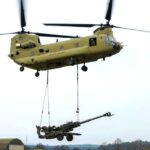













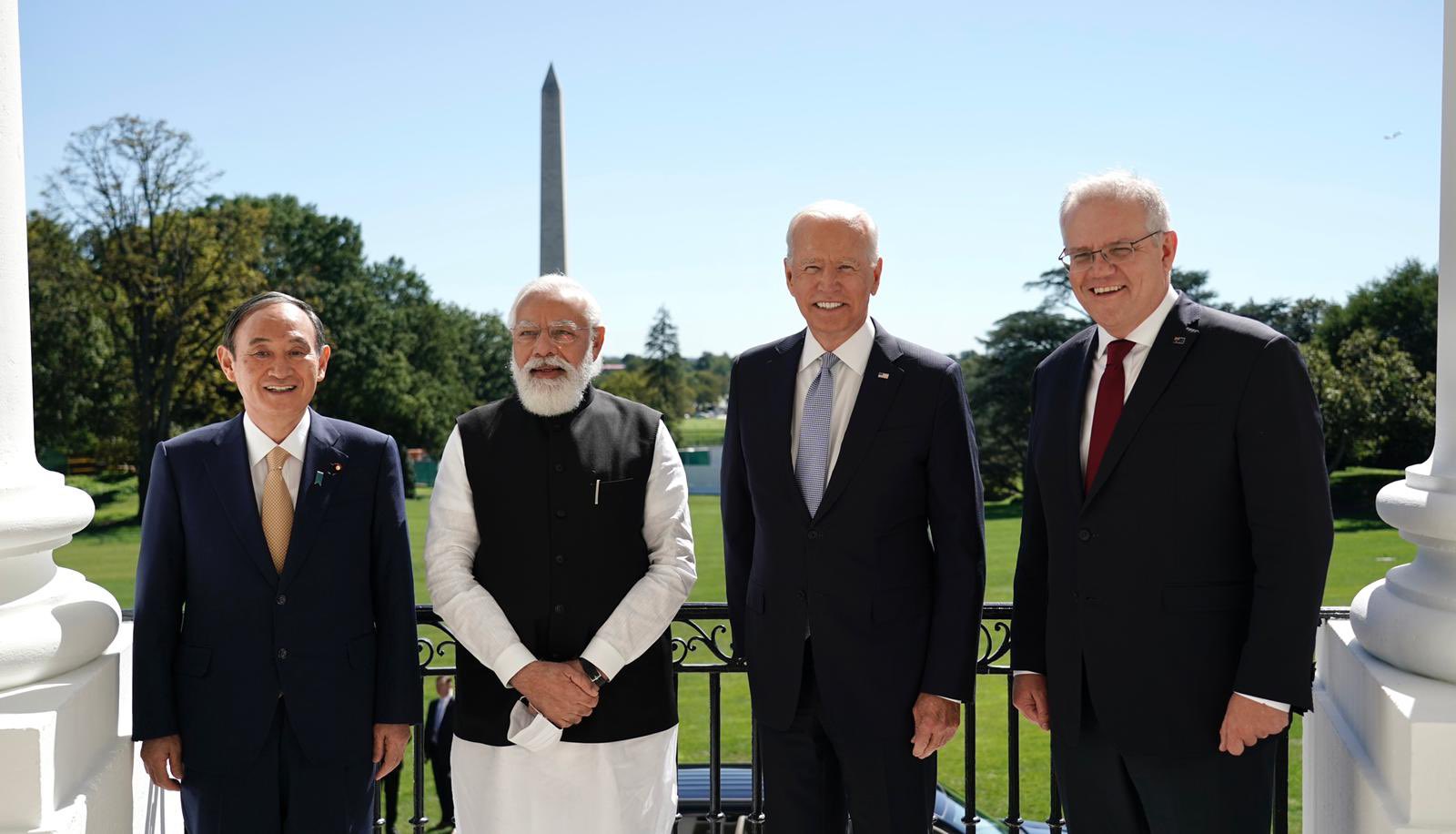
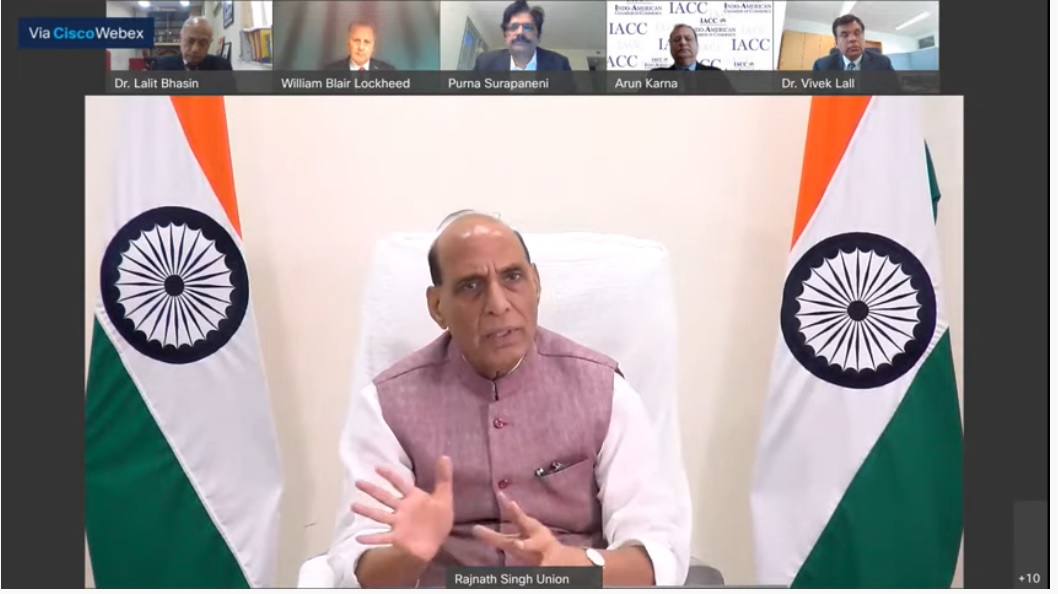
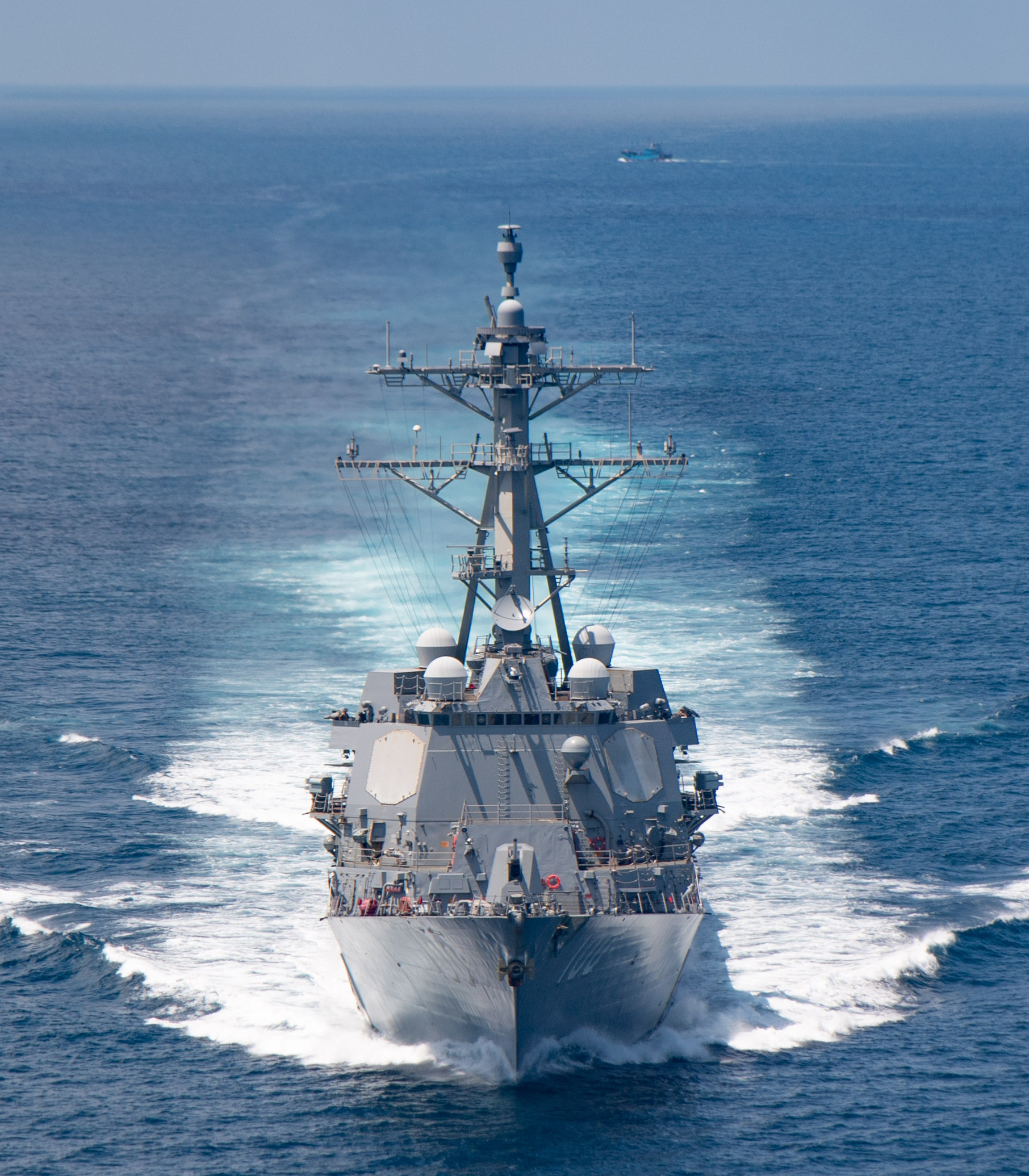
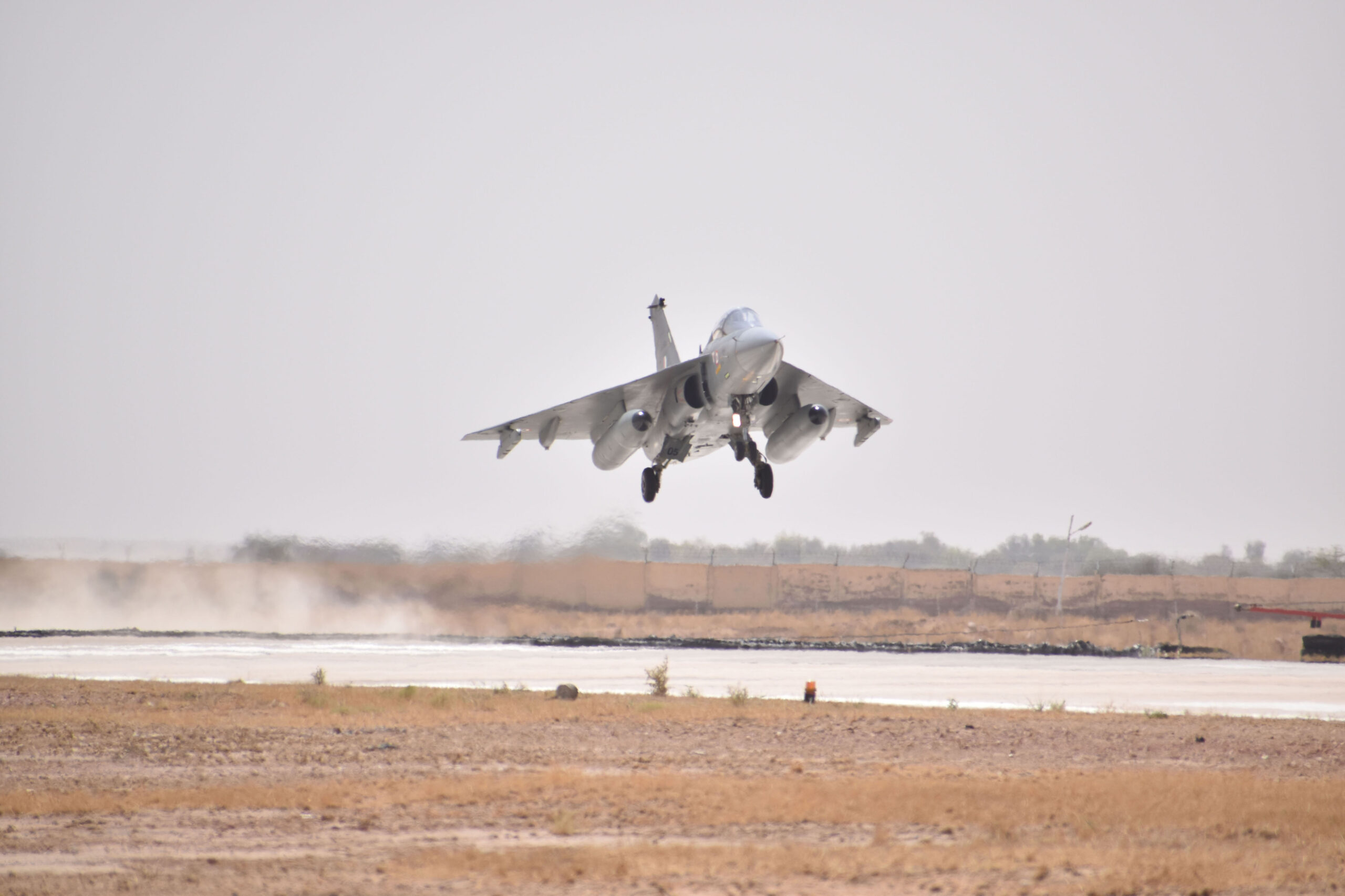
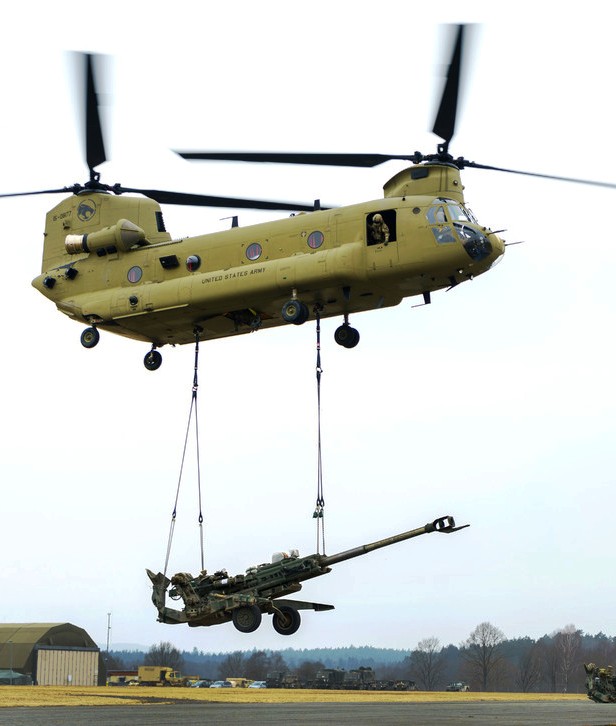
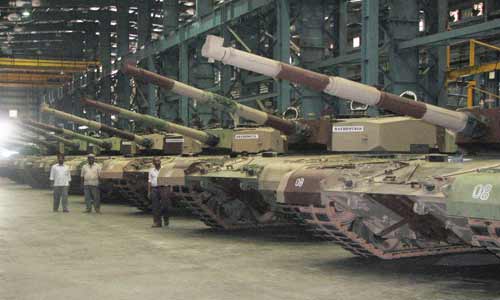



Recent Comments